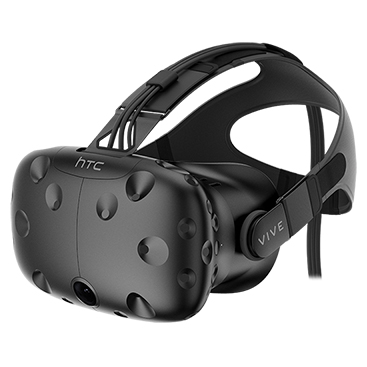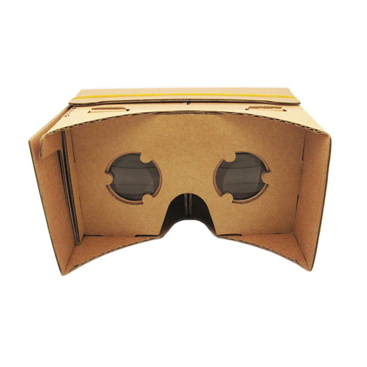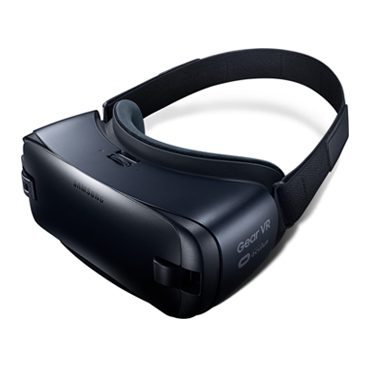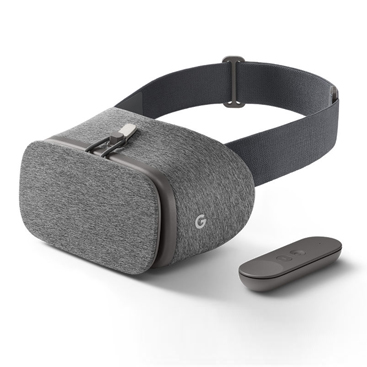360° video content provides the viewer a unique experience that they can control. Viewing 360° video on a desktop computer, smartphone, or tablet is exciting– but nothing matches the immersion that a VR headset provides. That said, if you don’t have the time and money to test them all, you might be overwhelmed researching all of the options. That’s where Anchor Line comes to the rescue!
For the last couple of years, we’ve been producing lots of VR content and we’ve tested a wide variety of headsets. Allow me to break down the most popular options in the VR market and let you know what pros and cons we’ve found for each.
Oculus Rift | $500
Synopsis: The Oculus is a high end headset that’s easy to setup but is held back by the fact that it needs to be tethered to a computer. If you’re looking for a top-of-the-line 360 video experience no matter what the cost and don’t mind lugging around a compatible computer, then the Oculus Rift is for you.
 | PROS:
Comfortable and easy on the eyes
Built-in headphones
High visual fidelity
Adjustable IPD for better visual comfort
Positional tracking
CONS:
Higher cost
Requires a Windows PC
Headset is tethered
Lack of mobility |
HTC Vive | $800
Synopsis: This is a great headset if you’re looking for some of the best VR experiences across various apps and games. The image quality is on par with the Oculus, but if you’re just looking for 360° video, this solution doesn’t make sense as the Oculus can offer the same 360° video experience at a lower cost.
 | PROS:
All-in-one, top tier headset
High visual fidelity
Adjustable IPD for better visual comfort
Full room scale in supporting VR apps
CONS:
Expensive
Requires a Windows/Linux PC
Heavy (less comfortable)
Headset is tethered
Setup time |
Google Cardboard | $15
Synopsis: The Google Cardboard is a great entry level headset. It’s very cheap and there are many companies who offer custom printing so you can design one to fit your brand. Aside from the price, another big selling point for the Cardboard is that it will work with almost any phone. The big set back is videos will often look soft and it has a lower field of view which results in a feeling of tunnel vision. It’s very accessible but won’t make your VR content look its best.
 | PROS:
Inexpensive
Customizable Headset
Compatible with all smart phones
Huge variety of apps
Wireless
CONS:
Very uncomfortable
Lower visual fidelity
Low field of view
Must be held to face |
Samsung Gear VR | $100
Synopsis: The Gear VR is a great mobile solution that’s a big step up from the low cost Google Cardboard. Extended use can cause some eye strain that isn’t found in the more expensive tethered solutions but that seems to vary based on who’s using it. Gear VR is a solid wireless option but it does require a Samsung phone to function. The oldest phone it’s backwards compatible with is the Galaxy S6 which can be found pretty cheaply these days.
 | PROS:
Focus Adjustment
Wireless
Pauses when removed from head
Resumes when put back on
CONS:
Requires a Samsung phone
Causes some eye strain |
Google Daydream | $80
Synopsis: It may not be as cheap as the Cardboard, but the Google Daydream offers a higher end viewing experience that’s very similar to Gear VR, but at a lower price point. Here at Anchor Line we didn’t experience the same eye strain that we got with the Gear VR when using the Daydream (which was a big plus for us!). The main issue is only a few phones are supported at the moment, but Google has been adding additional phones to the Daydream’s compatibility list and they plan to continue adding more over time.
 | PROS:
Inexpensive
Comfortable
Easy to setup
CONS:
May not fit snugly
Phone gets hot
Does not support all smart phones |
|
We’ve had a lot of fun trying out the many different head sets on the market. When we’re making recommendations to our clients, we always tell them that the Oculus and Vive will offer the best viewing experience, but they’re pricy and tethered, which can be a significant draw back. In the end, we feel the Google Daydream hits the sweet spot with its lower cost, high portability, and great viewing quality.
We love talking about 360 degree video and VR. Drop us a line to learn more!







